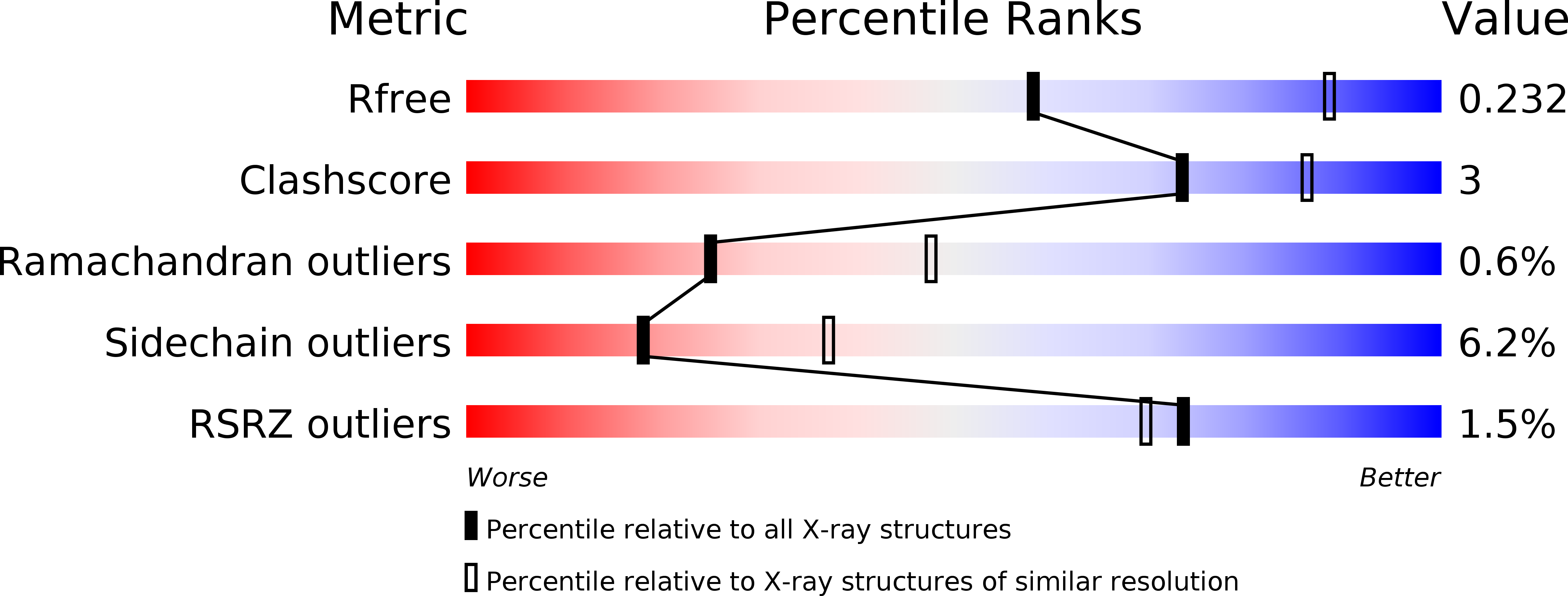
Deposition Date
2011-07-11
Release Date
2011-07-27
Last Version Date
2024-02-28
Entry Detail
PDB ID:
3STI
Keywords:
Title:
Crystal structure of the protease domain of DegQ from Escherichia coli
Biological Source:
Source Organism:
Escherichia coli (Taxon ID: 83333)
Host Organism:
Method Details:
Experimental Method:
Resolution:
2.60 Å
R-Value Free:
0.25
R-Value Work:
0.22
R-Value Observed:
0.22
Space Group:
P 31


